3 of 3704
The question is asked in White Christmas, “What does a retired general do?”
The same sort of question can be asked of the estates of former aristocrats.
Most people of the 21st century have scarce knowledge of the feudal system of economics and government which existed in Europe from about 500 AD to 1500 AD and from which rose societies distinguished by classes, ranging from slaves and servants to kings and queens.
The aristocrats (dukes, duchesses, counts, countesses, etc.) lived on large estates dependent on the surrounding agricultural produce. However, as the middle class of merchants, tradesmen, and artisans grew and with the Industrial Revolution of the 19th century and then the world-wide changes brought by the wars of the 20th century, these estates could no longer be supported by agriculture alone as they had been.
These estates have been defined by Google as “architecturally notable buildings which have served as a residence for a significant family or a notable figure in history.” In fact, there are 3,704 that survive, based usually on the film and tourist trade of the last couple centuries.
We have visited three: Highclere in April, Tatton Hall and Thorp Perrow in May.
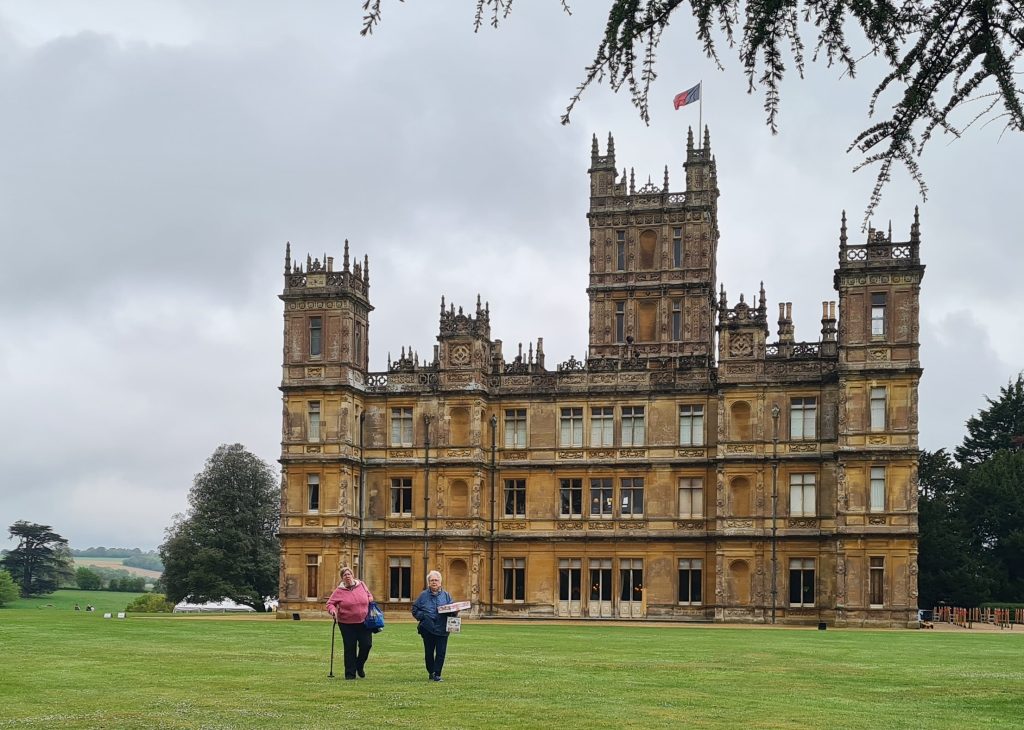
The mansion at Highclere was built about 1679 by the Carnarvon family. The eighth Earl of Carnarvon and his family still reside there, managing the castle’s operations and public access. It’s located in Hampshire, a county in south central England.
To the left, Katie and I under gray skies with the castle as a sobering backdrop. Although it was cool, we spent nearly six hours at Highclere.
The Edgerton family owned the Tatton Hall estate for 362 years. In 1960, it was given to the National Trust, and it lies four miles from the end of the Manchester Airport’s runway in northwest England and just outside the town of Knutsford, Cheshire.
It boasts several gardens: kitchen, rose, formal Italian, and the Japanese.
The peaceful scene to the right can be seen from the long, main gravelled walk. It could be entitled “A Study in Shadow.”
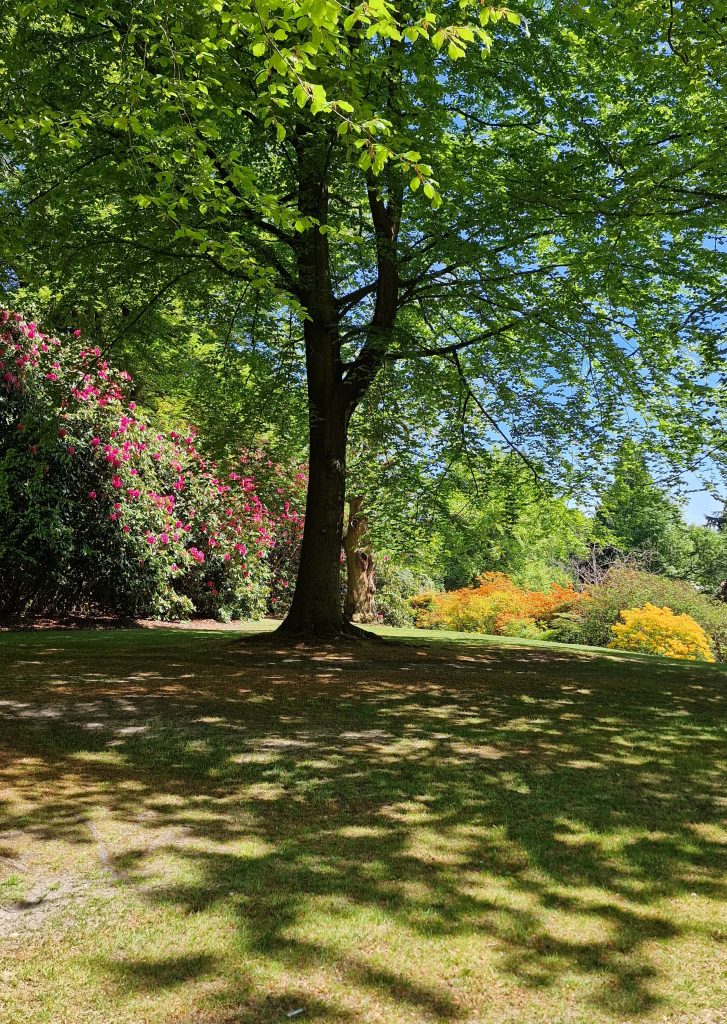
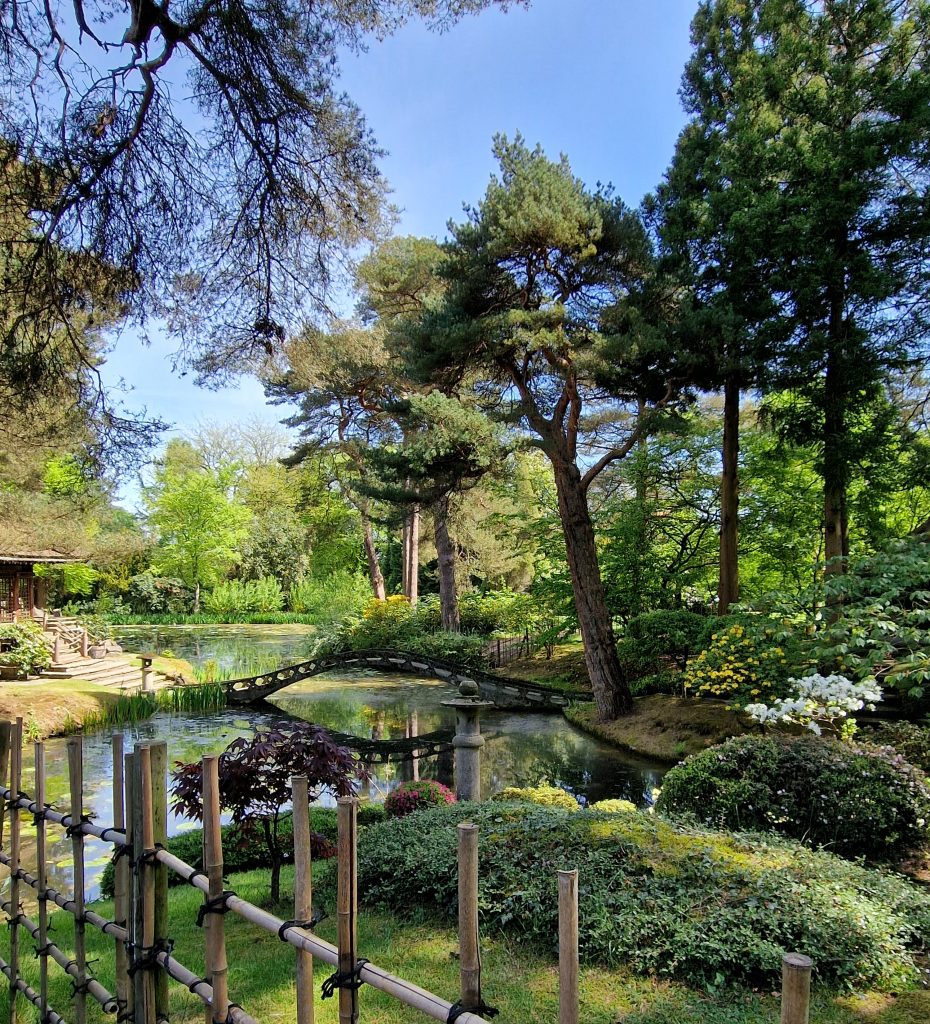
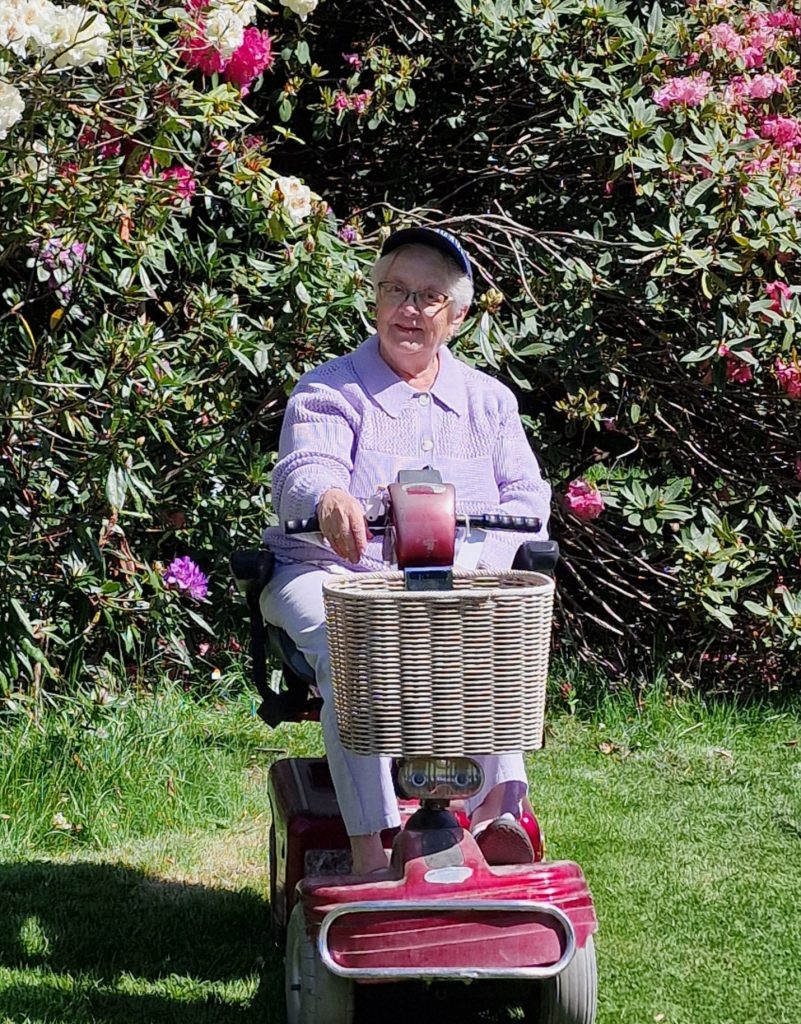
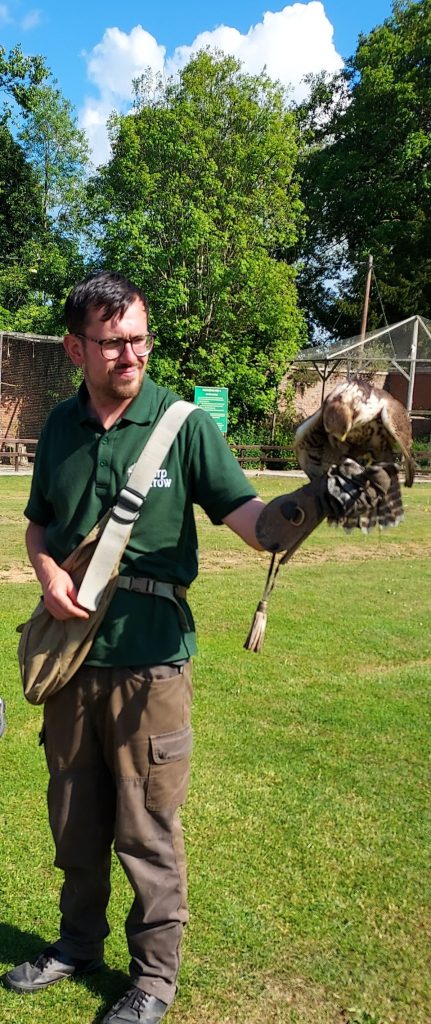
The site of Thorp-Perrow was once parkland used by Henry the 8th for royal hunts. For the last 98 years it has been owned, developed, and maintained by the Ropner family, which has developed the most important and unique arboretum in northern England, if not all Europe.
Also, unique to this estate is its Birds of Prey and Mammal Center. Currently three mammal species make their home here: African pygmy goats, meercats, and wallabies.
To the left, see Callum, the founder and manager of the Birds of Prey Center which houses nearly 100 birds from all around the world.
He gives daily demonstrations of his birds. Here he holds an African hawk.
My visit to this estate is one of my most memorable.
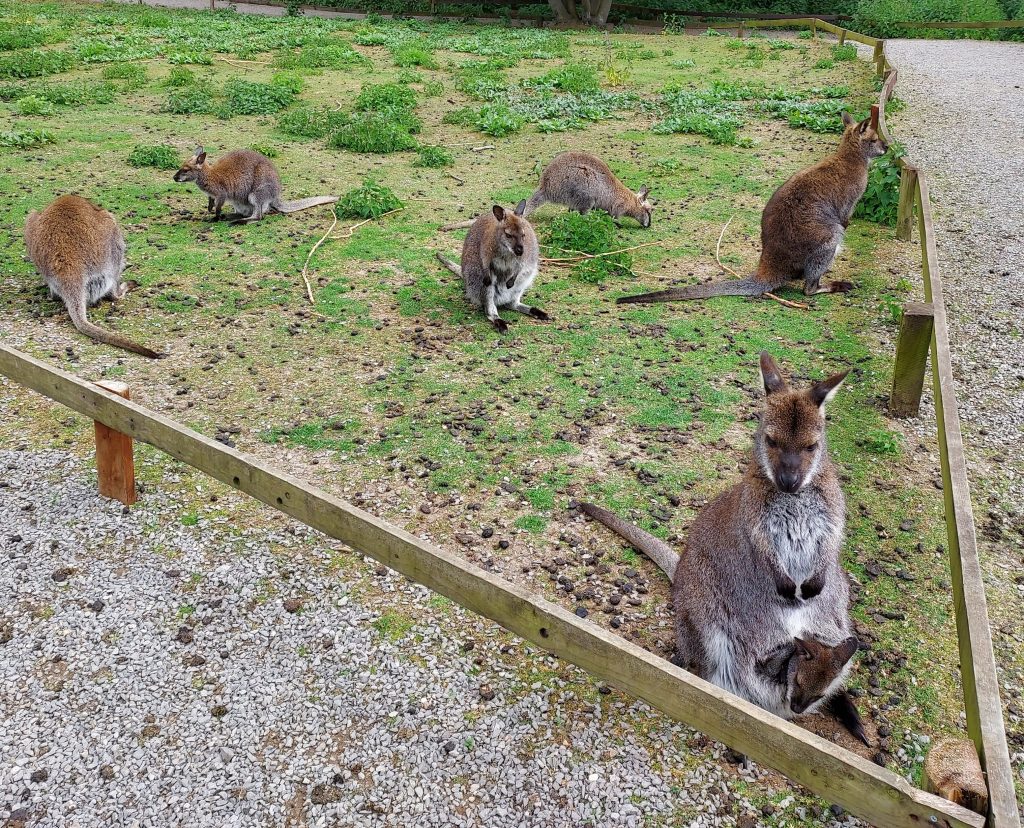
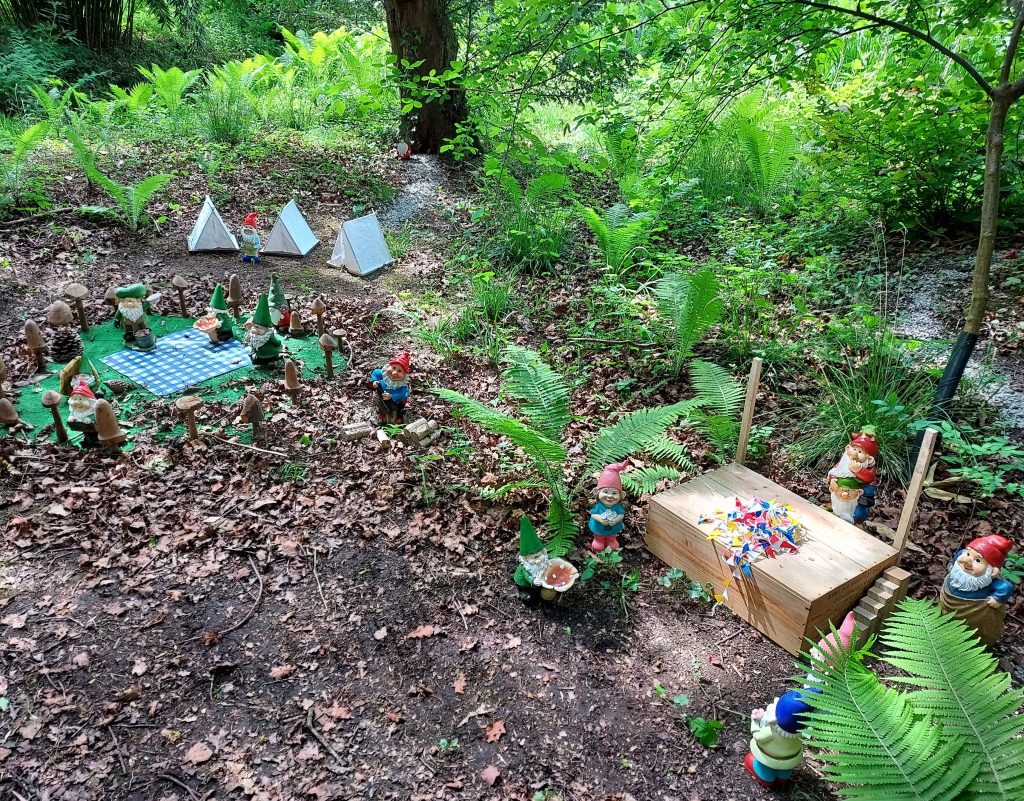
Thanks for sharing.
It’s always good to hear from readers, letting me know that they are indeed reading my posts. Have you even been to England? I won’t be here much longer. See you soon.